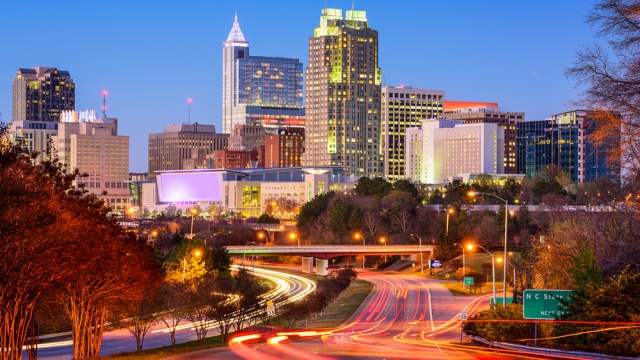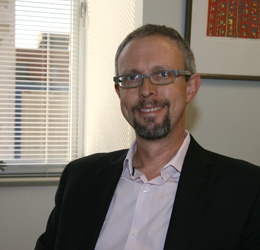Editor’s note: This is an excerpt from an interview with Raleigh’s Planning Director Ken Bowers, published by the urban planning website Planetizen. They are kindly allowing us to run this portion here. A link to the full interview is below.
In this interview for the “Planners Across America” series, Ken Bowers, AICP, discusses how the city of Raleigh will rely on the city’s new comprehensive plan and development code to accommodate 100,000 new residents by 2030.

North Carolina’s capital city of Raleigh is but the largest apex in the three-city Triangle region, encompassing the college town of Chapel Hill, the historic city of Durham, and the booming Research Triangle Park in between. One of the success stories of the New South and fastest growing cities in the United States, Raleigh went from a population of 300,000 in 2001 to 431,000 in 2013. It’s projected to grow at least 100,000 more by 2030. Thus far, Raleigh has grown primarily by allowing low-density development and welcoming transplanted families that have outgrown, or been priced out of, the cities of the Northeast. Incrementally, Raleigh is beginning to look a little more like those cities.
Hired in 2006 as deputy planning director and promoted to interim director of Planning and Development in 2014, Ken Bowers is now director of the city’s new Department of City Planning. He oversaw the development of the city’s 2030 Comprehensive Plan, adopted in 2009, which calls for greater density and for development and more options for an increasingly diverse population. He is now overseeing the implementation of this plan, focusing on incremental refinements while a new sister department, Building Services, processes permits and responds to day-to-day challenges of development. Josh Stephens spoke with Bowers about Raleigh’s future for the latest installment of the “Planners Across America” series.
Raleigh is the largest player in an urban region deliberately branded as the Triangle. What is Raleigh’s role in the Triangle region?
 I see our role as a place that caters to a diverse population, people at various stages of life, from young to old, and people who are looking for work or starting a business. We provide a very wide variety of types of housing for people to live in: from spacious single-family dwellings to quite dense apartment buildings. We try to be a place that is welcoming to all sorts of newcomers.
I see our role as a place that caters to a diverse population, people at various stages of life, from young to old, and people who are looking for work or starting a business. We provide a very wide variety of types of housing for people to live in: from spacious single-family dwellings to quite dense apartment buildings. We try to be a place that is welcoming to all sorts of newcomers.
Is there a conscious effort to distinguish Raleigh from Durham?
My perception is that there’s more of a conscious effort in Durham. I think that’s partly because when you’re the big fish, you maybe feel less need to do that.
There’s friendly competition, but I think folks in Raleigh are pleased as punch to see all the great things that are happening in Durham. We’re watching what they’re doing and seeing what we can borrow. I’m sure they’re watching what we’re doing and seeing what they can borrow from us.
One of the things that downtown Raleigh has evolved into is a go-to place for very large-scale events. Whether it’s the Hopscotch Music Festival or the International World of Bluegrass Conference and Festival, if you need to bring tens of thousands of people to one place for a major event, increasingly the folks who are doing these events are looking to downtown.
The Planning and Development Department is splitting into the departments of Planning and Building Services. What does that split mean?
I’ll probably end up moving my office.
To read the rest of the answer to this question and several more, click here to go to the original article.

